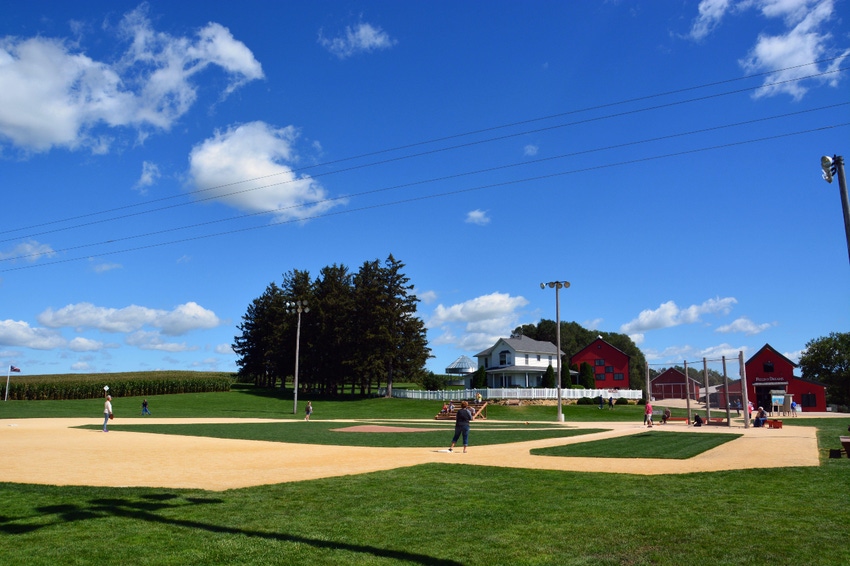Boldyn's 5G strategy: New networks and neutral hosts
Boldyn Networks built a brand new 5G network in the Rocket Mortgage FieldHouse sports stadium in Ohio. However, 'They can't give information on who is leasing how/yet,' said a spokesperson.

Boldyn Networks said it built a brand new 5G network in Rocket Mortgage FieldHouse in Ohio, the sports stadium that hosts Cleveland Cavaliers and Cleveland Monsters games. The network spans more than 300 transmission sites and is designed to support everything from virtual and augmented reality to live visual effects.
However, Boldyn isn't yet ready to confirm that the nation's big carriers are coming along on its 5G ride. Thus, like actor Kevin Costner in the movie Field of Dreams, it appears that Boldyn believes that if it builds the network, carriers will come.
"Boldyn funds the cost to design and install the network infrastructure," the company wrote in response to questions from Light Reading. The company declined to say how much the network cost to build. "The network is available to all the mobile network operators to lease for the service connectivity to end user devices."
But Boldyn isn't yet ready to talk about actual customers. "They can't give information on who is leasing how/yet, but eventually we'll be able to share that information," wrote a Boldyn spokesperson in response to questions from Light Reading.
The company further clarified that its network is still in the design phase and that it works with its carrier partners on such deployments.
Boldyn paid for the 5G network to be built in the Cavaliers' stadium. But it can't yet confirm whether operators like AT&T, Verizon or T-Mobile have agreed to use it.
Sharing and sharing alike
Broadly, Boldyn is betting that a neutral host business model will win the day. Instead of building separate networks for each mobile provider in Rocket Mortgage FieldHouse, Boldyn is building one network that it hopes all of the carriers will use. Indeed, the company boasted that its new network "supports all 5G spectrum bands, including 2.5GHz and C-band." Verizon primarily uses the C-band for its 5G network, while T-Mobile is using 2.5GHz for its own 5G network.
This kind of neutral host sharing obviously reduces overall costs but eliminates whatever competitive advantage one operator might want to gain over another. Further, it assumes that the carriers will pay Boldyn licensing fees for the network, allowing Boldyn to recoup its investment. Another Boldyn network, in San Francisco, features support from AT&T.
The concept of a neutral host network is nothing new. It's very common in other parts of the world where operators want to cut expenses by sharing networking components.
In the US, neutral host networks are gaining traction, particularly in indoor installations like sports stadiums and office complexes. For example, the social networking giant Meta recently pioneered the development of a shared network for its offices using the MOCN Multiple Operator Core Network (MOCN) standard. Meta owns and operates the network, while customers from the nation's three big 5G providers – AT&T, T-Mobile and Verizon – can seamlessly roam on and off the network.
But there's no guarantee that companies like Boldyn can push traffic onto their networks. For example, Canada's Rogers Communications announced it would purchase the wireless network in Toronto's subway system with the intention of upgrading it to 5G. But, according to local reports, there's still no indication that Telus and Bell will use that network alongside Rogers, despite Canadian politicians' calls for such sharing.
Australian telecommunications giant BAI Communications built the Toronto subway network around 10 years ago. BAI recently rebranded into Boldyn.
Related posts:
— Mike Dano, Editorial Director, 5G & Mobile Strategies, Light Reading | @mikeddano
About the Author(s)
You May Also Like












